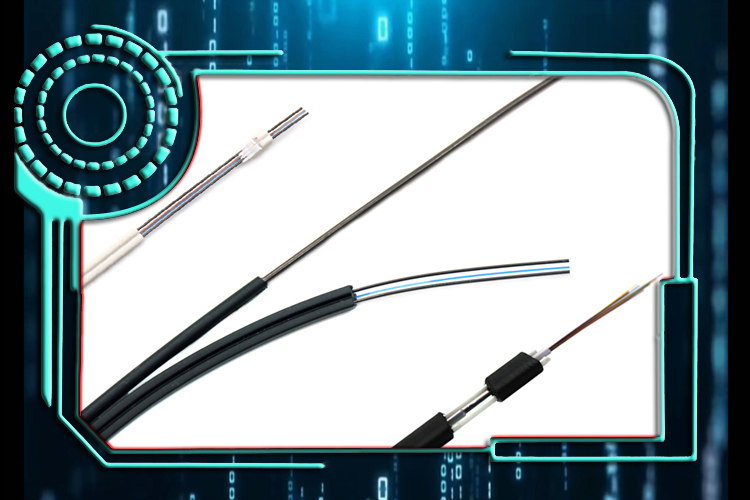Industry Development Report on FTTH Fiber Drop Cable
Abstract:
The FTTH (Fiber to the Home) fiber drop cable industry has experienced significant growth in the past few years, driven by factors such as increasing demand for high-speed internet and the worldwide expansion of telecommunication infrastructure. This report analyses the key players in the FTTH fiber drop cable market, the evolving technology in terms of cable structure, production processes, applications, and market trends. It concludes with understanding perception future prospects and potential challenges for the industry.
Keywords: FTTH, fiber drop cable, industry growth, key players, cable structure, production process, applications, market trends, challenges, opportunities.

1. Introduction
FTTH (Fiber to the Home) refers to the installation of optical fiber directly from a central point to the user’s home, providing high-speed internet access. The fiber drop cable is a critical component in the FTTH network, serving as the last step in connecting homes to the larger telecommunication infrastructure.
2. Key Players
Some of the dominant players in the FTTH fiber drop cable market include Corning Inc., Prysmian Group, CommScope, OFS (Furukawa Electric), Sterlite Technologies, Nexans, and Yangtze Optical Fiber and Cable (YOFC).
3. Technological Evolution of Cable Structure
The FTTH fiber drop cable structure has evolved from a simple round-buffered fiber design to advanced flat drop cable designs that incorporate bend-insensitive fibers and materials that improve installation efficiency, durability, and overall performance. Some examples of advanced cable structures are the Flat Drop Cable, Self-Supporting FTTH Drop Cable, LSZH (Low Smoke Zero Halogen) FTTH Drop Cable, and Armored FTTH Drop Cable.
4. Production Process Improvements
Manufacturers have improved the production process of FTTH fiber drop cables, from fiber extrusion to sheathing and secondary coating operations, aiming to reduce production costs, decrease installation time, and improve cable performance. Continuous innovation in material science and manufacturing processes has enabled the production of lighter, smaller, and more robust FTTH fiber drop cables.
5. Applications
FTTH fiber drop cables have found widespread applications in both urban and rural settings. They provide a backbone for high-speed internet services supporting various activities such as e-commerce, online learning, remote work, and telemedicine.
6. Market Trends
The FTTH fiber drop cable market has grown substantially, driven by an increasing demand for high-speed internet, expansion of telecommunication infrastructure, and supportive government policies. Emerging markets, particularly in Asia-Pacific and Africa, have witnessed significant FTTH network rollouts, creating a high demand for FTTH fiber drop cables.
7. Challenges and Opportunities
The FTTH fiber drop cable industry faces challenges in terms of high capital expenditure, lack of standardization, and competition from alternative technologies such as G.Fast and DOCSIS 3.1. However, ongoing technological advancements, supportive government policies, and emerging market opportunities present profitable prospects for industry growth.
8. Conclusion
The FTTH fiber drop cable industry has experienced robust growth due to evolving cable structure technologies, advanced production processes, and expanding telecommunication infrastructure. Key market trends indicate further expansion, particularly in emerging markets, presenting both challenges and opportunities for industry players. Continual innovation to enhance cable performance, reduce production costs, and address specific customer requirements remains crucial for future growth and sustainability of the FTTH fiber drop cable industry. 
 The Future of Fiber Optic Communication Network Architecture: Evolution and the Role of SDON Technology
The Future of Fiber Optic Communication Network Architecture: Evolution and the Role of SDON Technology
 What opportunities and challenges does free-space optical communication technology face?
What opportunities and challenges does free-space optical communication technology face?
 Opelink MPO Products for High-Speed Data Center Applications
Opelink MPO Products for High-Speed Data Center Applications
 CWDM vs. DWDM: Which Optical Transmission Technology Should You Choose?
CWDM vs. DWDM: Which Optical Transmission Technology Should You Choose?